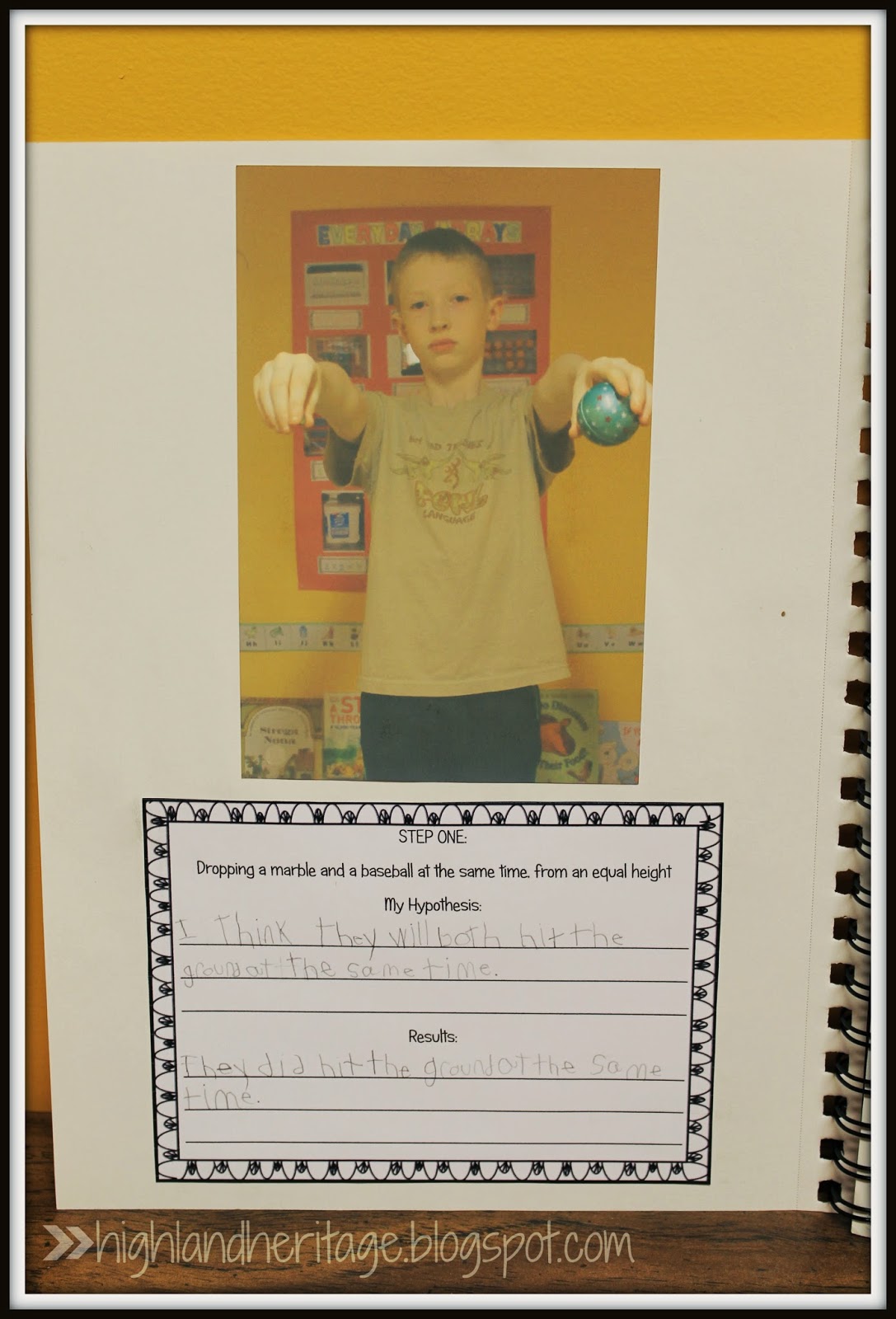Over the summer, a friend of mine posted pictures of her son playing with his grandmother's jar of old buttons on Facebook. My younger son can spend hours sorting and playing with beads, jewels, and other small manipulatives; I knew he'd love to paw through a pile of vintage buttons! I called my mother, who had kept a box that belonged to her grandmother, and she generously went to dig it out of the attic for us. After noticing this book online,
I decided to incorporate the buttons into our schoolwork. We started by reading The Button Box, by Margaret S. Reid. It's a cute story about a boy going through his grandmother's button box, sorting the buttons and imagining who they might have belonged to. Colby loved it.
He was thrilled when I put this button box in front of him!
I gave him plenty of time to just enjoy it, and then I asked him to choose one particular button that he really liked. He selected a matching pair of shiny gold ones, and I gave him this worksheet:
He drew a picture of the button in the center, and then came up with five adjectives to describe it.
I asked him to imagine who might have worn the buttons, and he thought they probably came from some sort of military uniform. He drew a picture of a soldier wearing the button, and then wrote about it.
(There are several versions for different ages and writing abilities, and each version comes in color or black-and-white.)
Next, I asked him to sort the buttons. We talked about all the different ways we could sort them: by size, or shape, or what they were made of, or how old they were. Then he wrote down some of these ideas on this worksheet:
Finally, we completed this pocket chart activity. Colby matched the button cards with the appropriate numerals and number words. He loves the way it looks so much that we're leaving it intact until we need the chart again!

Who else loves buttons? Pete the Cat, of course! We read Pete the Cat and His Four Groovy Buttons, by Eric Litwin. This is such a cute book!
We did some simple descriptive writing, with an illustration of course. This page is from Team Sugar's Pete the Cat Journal Writing Prompts. It's such a cute packet of writing pages, and so inexpensive!
This super fun Pete the Cat Subtraction Mat is a fabulous freebie from Learning With Mrs. Parker. Check out her blog and snag a copy here!
We did some addition with these button ten frames and two d10 dice.
There are two different colored ten-frames for each number 1-10, so they can be used for adding doubles, or more complex addition. (They're not all shown in the photo).

We finished up with buttons and continued with Pete the Cat, moving on to Pete the Cat: I Love My White Shoes by Eric Litwin. This is my favorite Pete book thus far! No matter what he steps in, Pete keeps his characteristic positive outlook and loves his shoes.
Colby really enjoyed this cause and effect activity by Allison Palm.
It comes with these great pocket chart cards, which we chose to use on the floor,
and this follow-up sheet. Colby got to choose his own cause-and-effect scenario for Pete and his beloved white shoes. Pete stepped in purple paint, and ended up with purple shoes! You can find these activities right here. (Super inexpensive!)
The next day, we moved on from learning about cause and effect and focused a little more on color words. This fun freebie from Made For 1st Grade is actually meant to be assembled into a class book, but it works just as well for a single student! I knew it was coming eventually - poor Pete stepped in dog poop. Colby chortled the whole time he practiced writing "brown".
We practiced AB, ABC, ABB, and AABB patterns with this awesome free worksheet from The Groovy Teacher. Colby loves to color so this was perfect for him!
For lots more Pete the Cat freebies and DIY ideas, try this Pinterest board:
Blogs & TpT Shops mentioned in this post:



























































